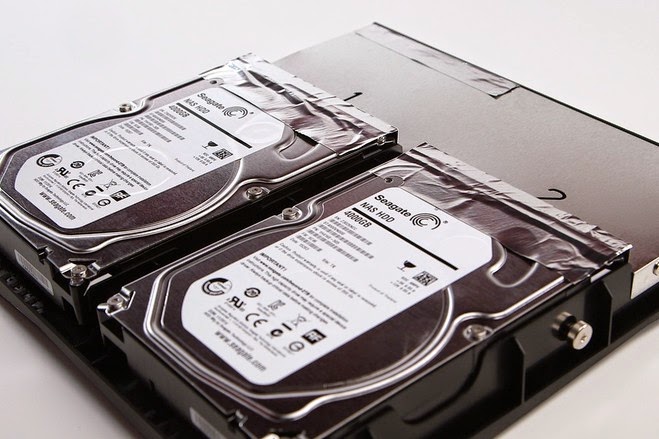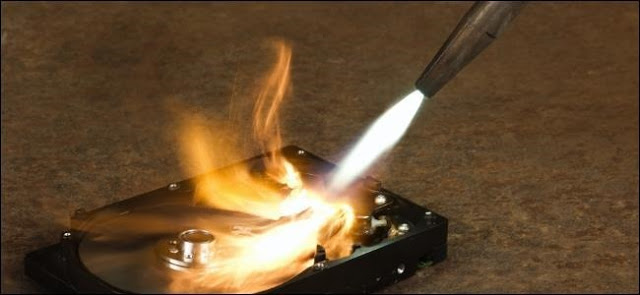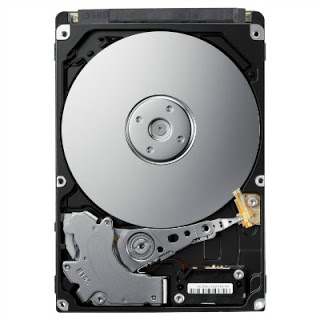How Long Is It Safe To Store Your Data In A Hard Drive?
Terrible things can happen to your files without you suspecting it. Want to have an organized, tree-structured file system of your photos? Try this: Press the Shift and Delete buttons at the same time. But no, don’t. That’s the way to throw your garbage beyond the Recycle Bin and into the abyss of dead files behind it. What lies there are stuff you’d have to pay someone else to recover for you.
It’s scary to have important files on your desktop, especially now that most physical memories like photos, videos, music, projects, and documents are digital. This is why a backup, your own personal one and not a cloud-based one, is very important.
So you copy your files to a SATA (serial advanced technology attachment) drive, or automate the backup process with a freeware, encrypt your data, and leave your drive in a closet. The question now is this: How long can you forget about the SATA drive before it gets corrupted, or dies naturally?
The answer is simple. You can forget about it for about five years. The number is the average warranty for standard, regularly used hard drives, so it’s all right to assume that with backup-and-forget usage you can stretch this to two or three more years.
You can forget about data stored in hard drive for about five years
But you have to maintain a factor of safety for unexpected situations; don’t expect the forgotten location where you put your SATA hard drive to consistently be in optimal conditions. Some factors to consider are these:
l Keep your hard drive stored at a temperature between 50 and 110 degrees Fahrenheit to keep its small, grease-lubricated parts in shape.
l Avoid storing your hard drive in damp or humid places. The water content in such atmospheres will oxidize even stainless steels and the other treated metals of your drive.
l Treat magnets as the enemy of your drive. They reduce its life span and degrade the files written in it.
The above factors differ with every manufacturer, so you have to consult the pamphlet that comes with your SATA hard drive before attempting to store it somewhere where you can forget it. If you can’t make sense of the pamphlet, or there’s no pamphlet to begin with, then you can rely on the Internet for information. Searching in the manufacturer’s website for information about your hard drive is as easy as entering its serial number in a search field.
Another option would be to use a flash drive for backups, which can theoretically last for up to nine years because it has fewer parts, which means fewer things that can rust or break down. But such drives with 1 and above terabytes of storage capacities are more expensive, and in the long run, might not be worth it.
At the moment Hard Disk Drives (HDD) are much more cheaper than Solid State Drives (SSD)
Flash drives and SATA drives both need to be replaced, and if you’re investing a lot of money for something that can give you only a few years of edge, then you better make sure the location will be in perfect condition at all times.
But prices can change as research and development push on. Who knows? Someone might soon produce inexpensive 5TB flash drives that can last for more than a decade.







